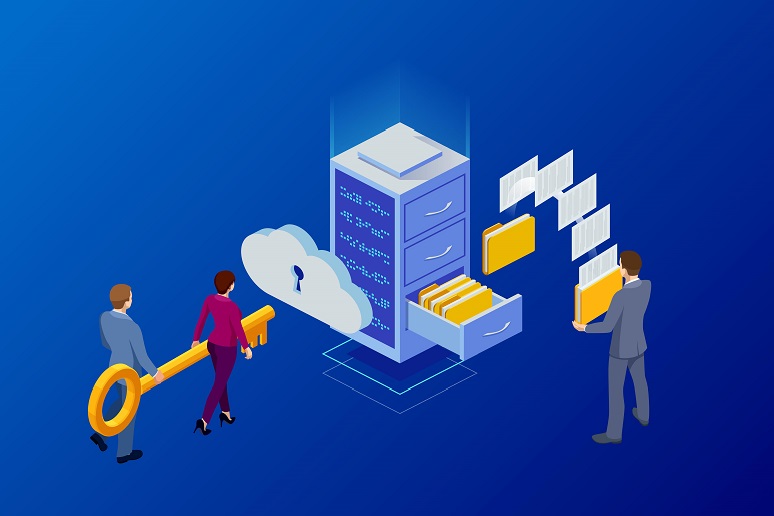If you feel like you and your IT colleagues spent the past two-plus years barely keeping up or deploying systems and processes in a way that was just “good enough” to get through the disruption — you’re not alone.
That was my biggest takeaway from a just-released
survey conducted earlier this year by market research firm Dimensional Research for Workspot, a vendor offering cloud-based desktop services. The survey asked for agreement or disagreement with the statement: “We did the minimum necessary to support remote workers when the pandemic started, and now we’re having to go back and do it the right way.” Among enterprises with 5,000 or more employees, 51% agreed, while for those with 1,000- 5,000 employees, 47% agreed.
Those statistics may offer some context for a couple of recent articles on No Jitter:
Are On-Prem Phone Systems Actually Dead? by consultant Melissa Swartz of Swartz Consulting; and
The Death of POTS? Not Quite, Here's Why by Denise Munro of CRG consultancy. Each of these posts deals with legacy technologies that are, unquestionably, on their way out — slowly. The way legacy technologies always go.
Dealing with legacy technologies was not the highest priority during the pandemic. Providing for a remote workforce and quickly meeting digital transformation needs had to take precedence. But that legacy gear didn’t go away, and it still has to be dealt with.
In her post, Swartz notes that despite the overwhelming momentum away from premises and toward UCaaS and CCaaS, the decision is not an automatic one for some enterprises: “The cloud vs. on-premises decision is at the foundation of finding the right communication technology for each organization,” she writes. “In some cases, the decision is obvious. But many of my clients give this choice careful consideration and arrive at different decisions — it’s definitely not a case of one size fits all.”
I’d argue that not rushing into a cloud decision, but instead at least doing due diligence, is part of what many enterprises would consider “do[ing] it the right way,” in the words of the Dimensional Research survey. The pandemic introduced a wild card into decision-making that had been proceeding at a measured pace for many enterprises — so it shouldn’t be surprising if communications professionals want to plan more deliberately and appropriately for the on-premises estate they still have now that the return to office has begun.
The POTS issue may seem even more old-school than premises vs. cloud, but it is a reality that many enterprises will have to deal with for the facilities that they retain post-pandemic. Munro outlines the specific options as carriers embark on a longer-term process of retiring POTS lines, and she notes that changes are coming, and so it’s incumbent on IT/communications teams to prepare.
Finally, one last element from the Dimensional Research survey, in a separate area: Doing things “the right way” nowadays also has to mean paying close attention to security, and the survey shows that IT organizations as a whole are responding to this need. Overall, 92% of respondents said their 2022 budget for security was increasing — a good thing, since 95% of respondents indicated that their teams “have faced challenges ensuring security and compliance for remote workers.” Most-frequently-cited security challenges were:
- “The expanded security perimeter required new approaches and new tools” (67%)
- “It’s harder to secure user devices outside the corporate firewall” (54%)
- “Evaluating risk levels for unknown environments” (51%)
- “Identity management to ensure appropriate authentication and authorization [is] more difficult” (48%)
So even as enterprise IT/communications teams deal with all the new developments of a post-pandemic world — return-to-office, constant evolution in collaboration platforms, accelerated digital transformation demands — backfilling still needs to be done. It may not be the splashiest type of projects, but it could help the enterprise invest more wisely and so have the resources and technical foundation for those high-profile, next-gen advances.










